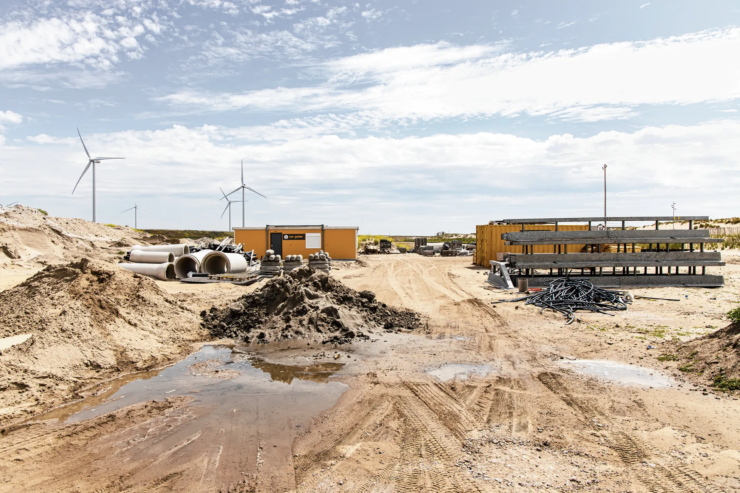Safety – Supervisor worried about hydrogen accidents in ports in the Netherlands.
The ports in Rotterdam and Zeeland are not well equipped for new safety risks associated with the energy transition, according to Daan Molenaar of the environmental service DCMR. The number of hydrogen production and storage locations will increase enormously at the ports in the coming years. But the standards for storing ammonia – a good way to store hydrogen – are outdated, and transporting this substance can be very dangerous. That risks major incidents and accidents, Molenaar said to NRC.
Shell is planning a massive green hydrogen production facility at the port of Rotterdam. Two smaller projects have already been licensed in Rotterdam and Zeeland. And there is much more to come, Molenaar said to the newspaper.
Daan Molenaar, said:
🔥 What about we co-host a webinar? Let's educate, captivate, and convert the hydrogen economy!
Hydrogen Central is the global go-to online magazine for the hydrogen economy, we can help you host impactful webinars that become a global reference on your topic and are an evergreen source of leads. Click here to request more details
We now have a storage facility of approximately 15,000 cubic meters in Rotterdam.
“In the future, that will be millions.” He expects Rotterdam to also become a transit port for hydrogen from abroad.
Molenaar is very worried about the lack of coordination in all these developments. “No one has ever answered the question: where do we want to place this, in what quantities, and under what conditions? Maybe we want it concentrated in one place? How are we going to transport it safely?”
Transport is a particular concern for Molenaar. The government is working on plans for transport pipelines for hydrogen and ammonia, and Molenaar hopes these will realize. Because it is not safe to transport large quantities of ammonia by train, truck, or ship, he said. “With large-scale ammonia storage, you are talking about 100,000 train wagons per year. That is a nightmare.”
All train transport passes through the ProRail yard in the port, which the DCMR has been fining for years due to poor maintenance and lacking safety facilities. Road transport is even more risky, Molenaar said.
Transporting the toxic substance by road, rail, or inland shipping also means a lot of processing – creating room for mistakes. Molenaar receives incident reports about oil transports from the port daily – 50 liters leaked when a truck was hitched up, 100 liters spilled elsewhere.
That is already a lot to deal with, and oil is quite harmless compared to ammonia. In Serbia, a large quantity of ammonia leaked on Boxing Day, leaving fifteen people hospitalized, Molenaar said as an example, calling it a miracle that no one died.
The standard for ammonia storage is also very outdated. “It dates from 2014 and is not made for large-scale storage as we expect. So we would have to come up with those standards ourselves. But then you run the risk that they come up with something completely different in Groningen, for example.”
The government is also working on new standards. But Molenaar is concerned about the pace. Things need to happen much faster so that plans and standards are in place before the energy transition picks up steam, Molenaar said.
READ the latest news shaping the hydrogen market at Hydrogen Central
Supervisor worried about hydrogen accidents in Dutch ports, February 23, 2023








